
Slide Exam for Third Year
2016

Jaundice is due to elevation of serum bilirubin
above the normal. It becomes clinically obvious
if it is elevated to > 3mg/dl (50µg/l).
For clinical
diagnosis of Jaundice, look to:
1.
2.
3
.
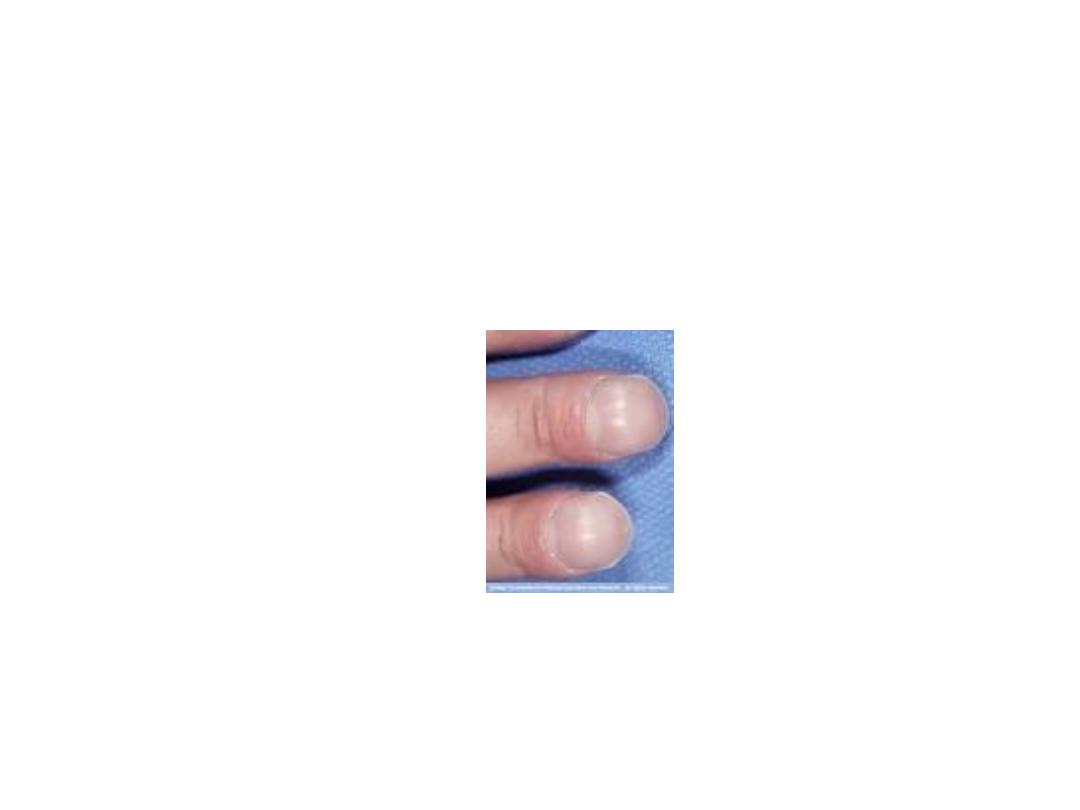
This picture is showing:
Answers:
Give 3 causes:
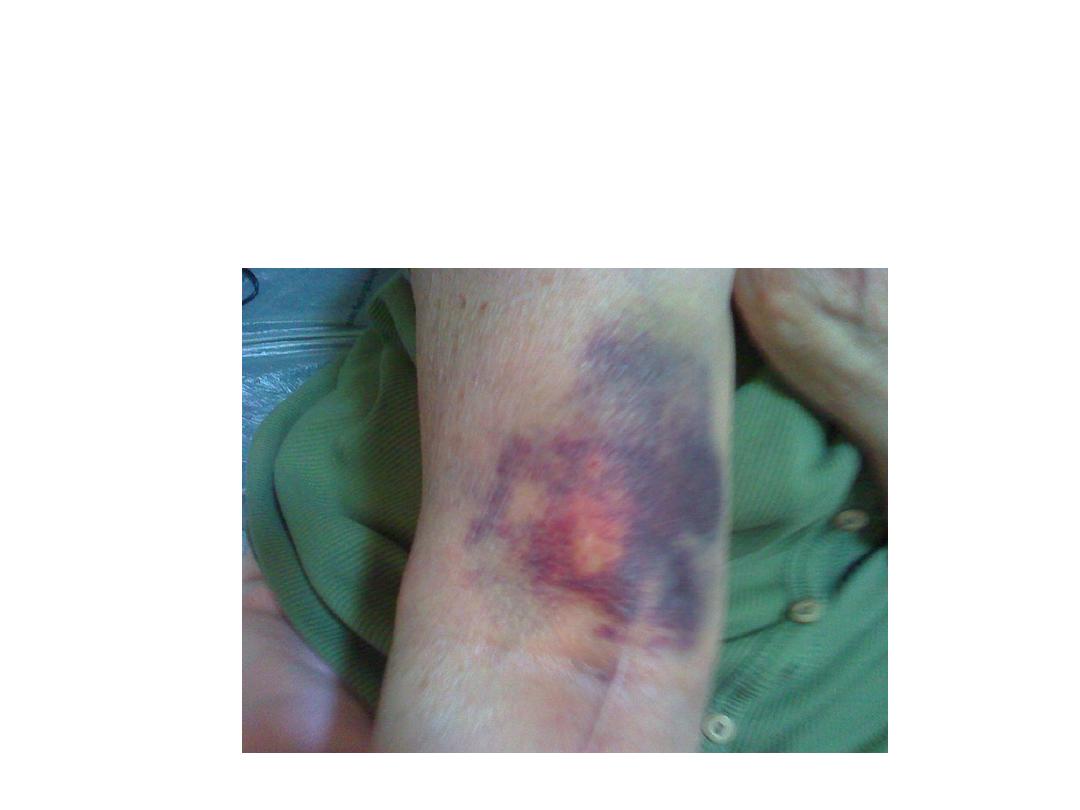
What is the diagnosis?
Give 2 causes.
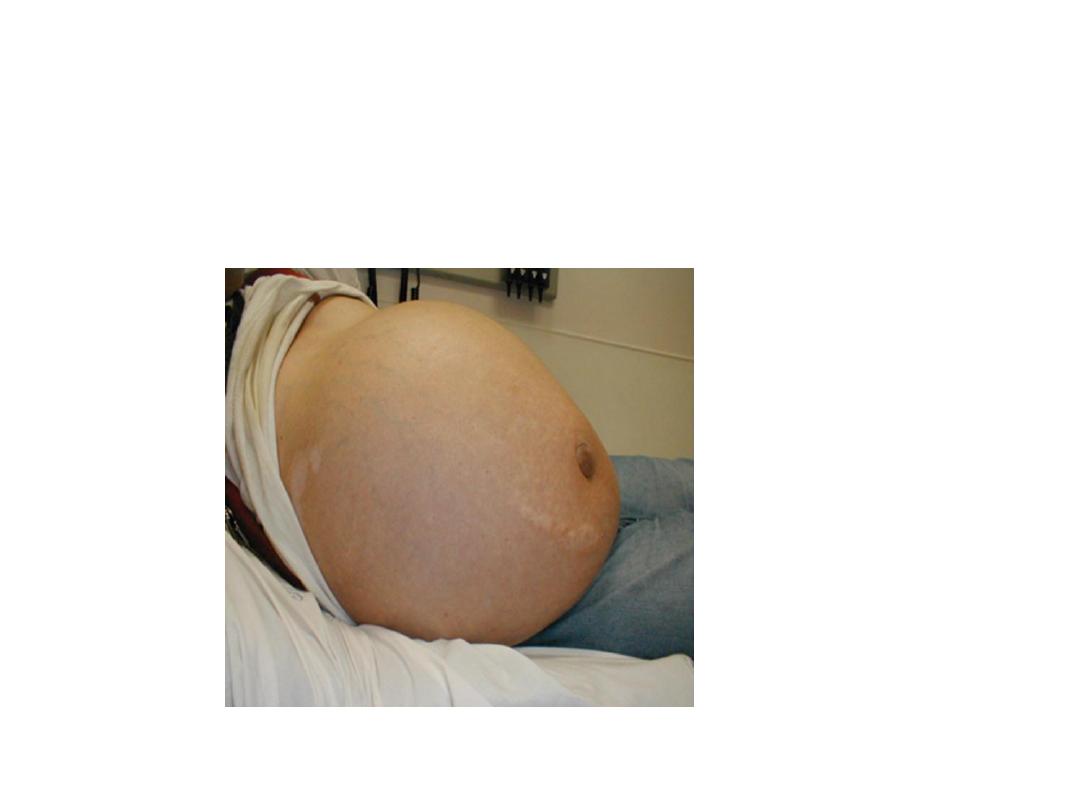
On examination of a patient with suspected
ascites, mention 3 important physical signs
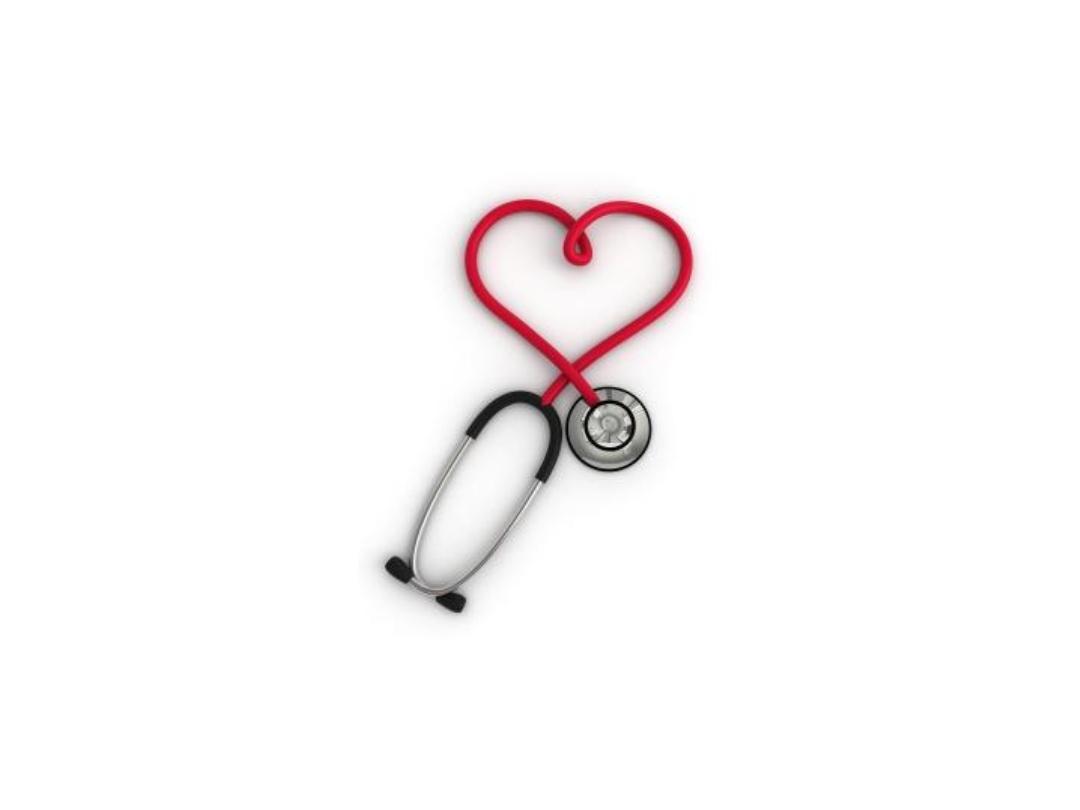
What are the ausculatatory areas of the heart?
1.
2.
3.
4.
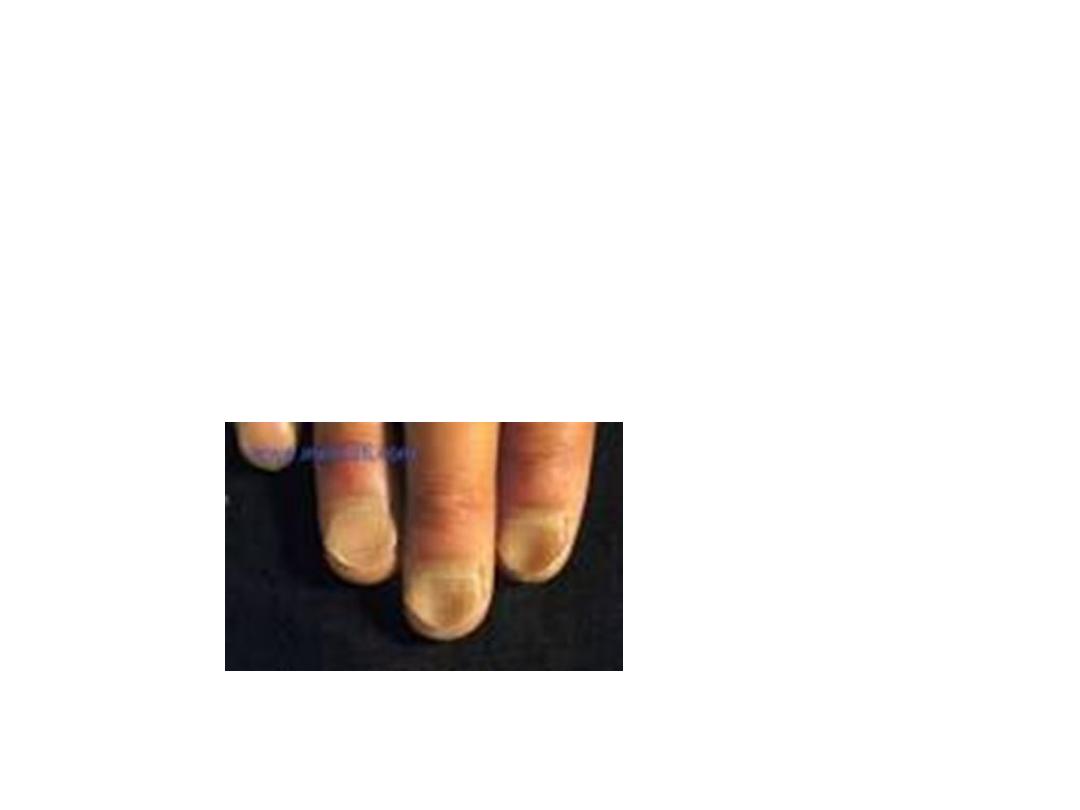
What is the picture diagnosis?
Give the most important cause.
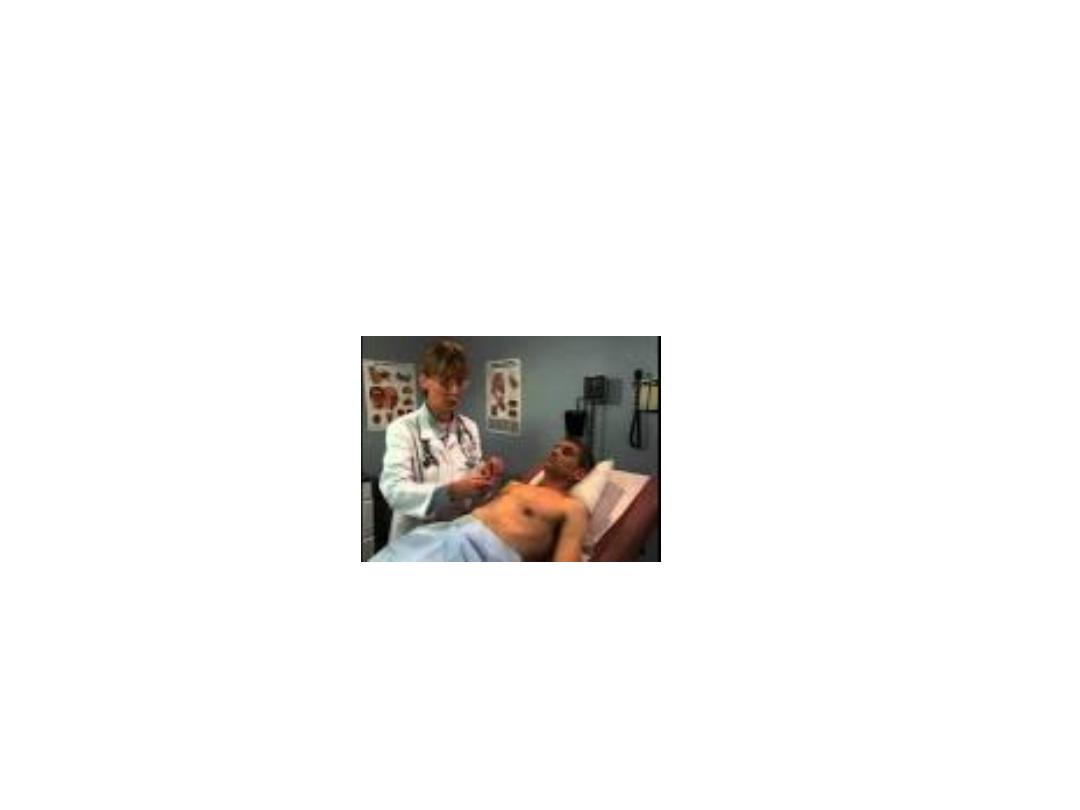
What are the expected finding on inspection
during cardiac examination?
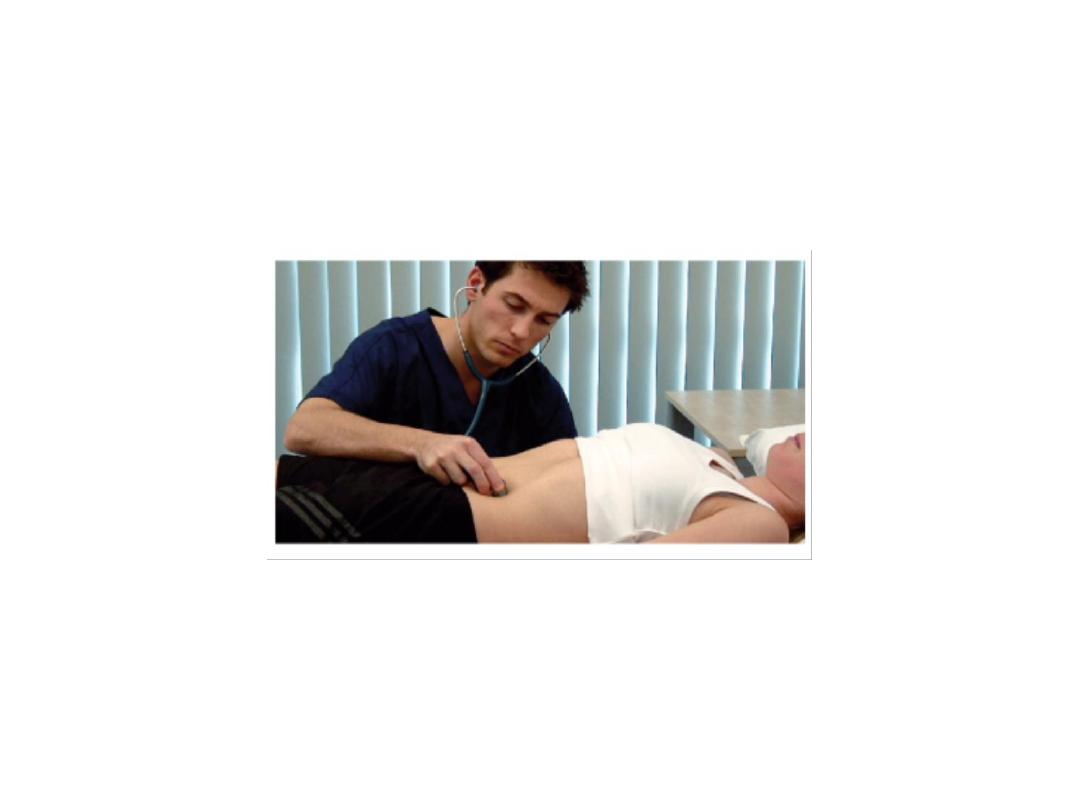
What this clinical examination is demonstrating ?
What are the things which can be detected by this
examination?

How would you analyze (characteristics of) pain as a
common symptom in every day practice? Enumerate 5 and
comment on one.
1.
2.
3.
4.
5.
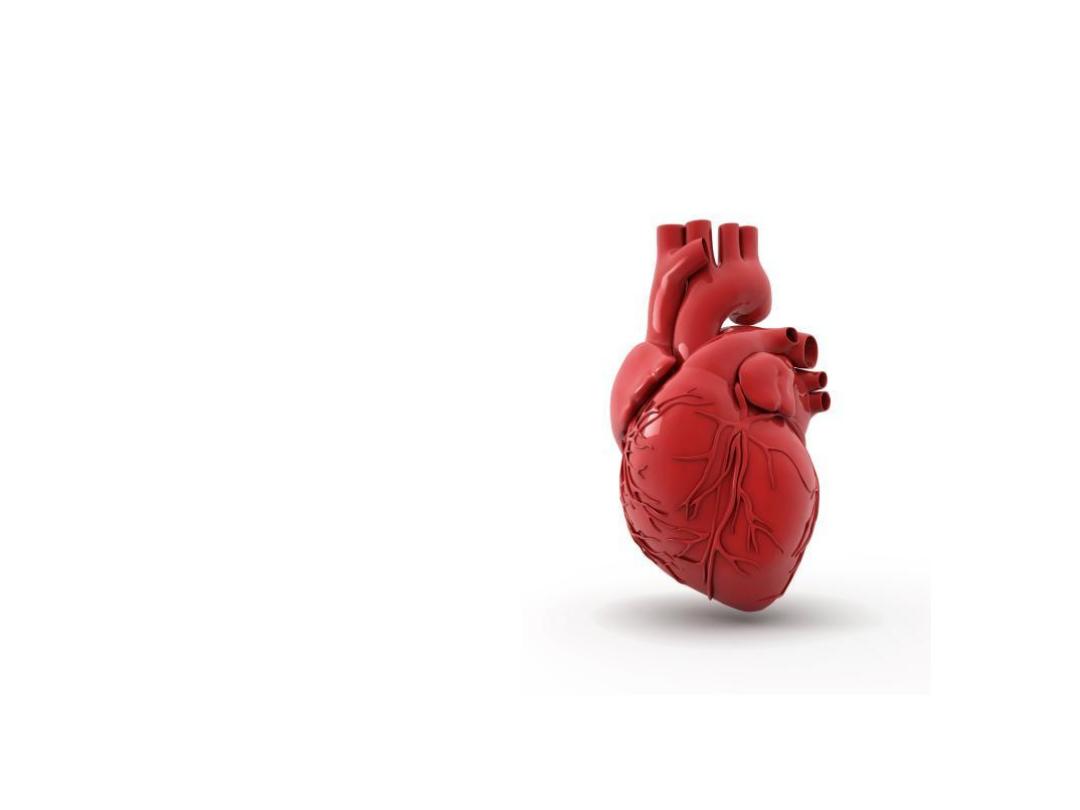
Mention 3 important questions about common
symptoms in cardiovascular system.
1. First symptom………
2. Second symptom………
3. Third symptom………..
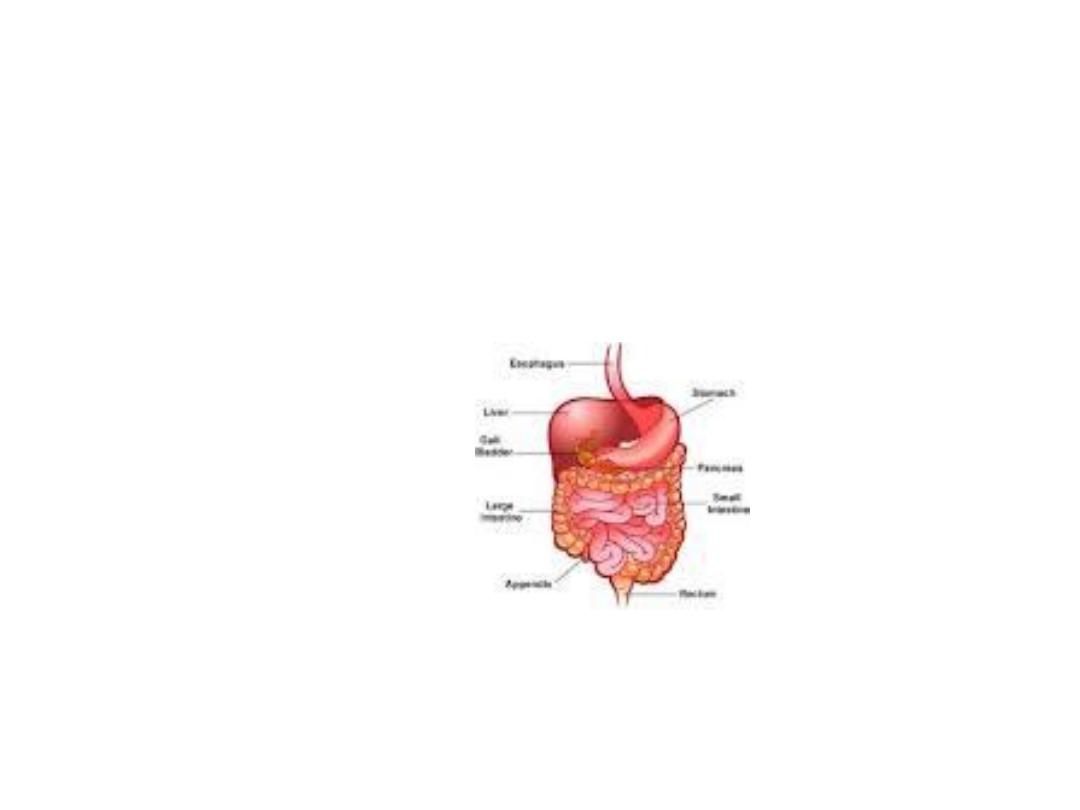
Enumerate 3 symptoms in GIT system. Comment
on one.
1.
2.
3.

What is hemoptysis? Enumerate 3
causes.

What is orthopnea? Cause the main
cause.

1.Comment on site (position) of normal cardiac
apex.
2. The cause of tapping apex beat.

What is the type of murmur in each of
the following valve lesions?
1. Aortic stenosis.
2. Mitral incompetence (regurgitation).

Diagrammatically demonstrate the heart
sounds and cardiac murmurs.

What are steps of chest examination?
1.
2.
3.
4.
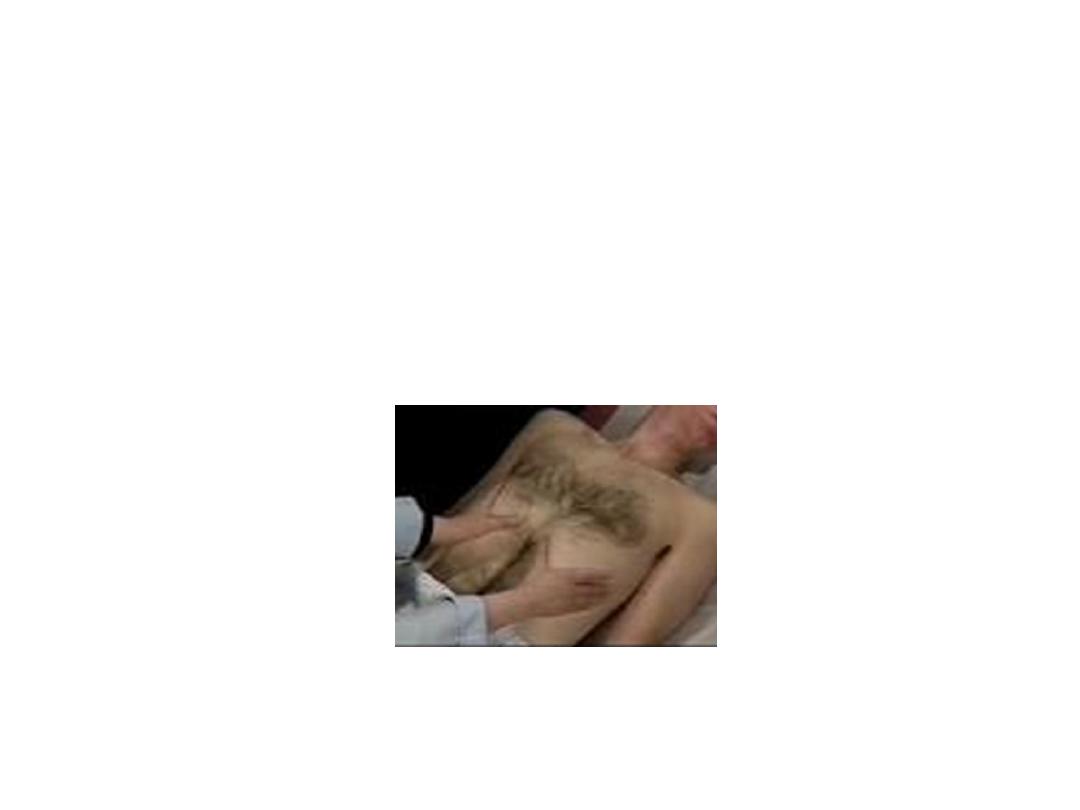
What this picture is demonstration?
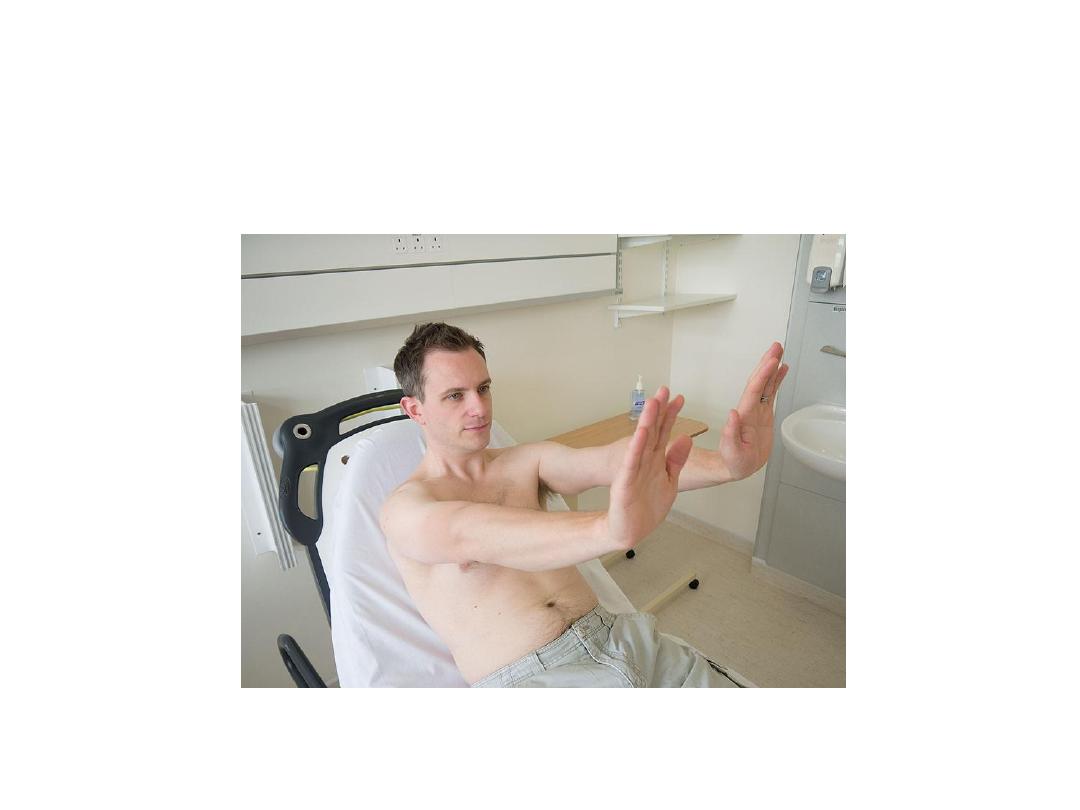
What this picture is demonstrating?
Enumerate 3 causes
.
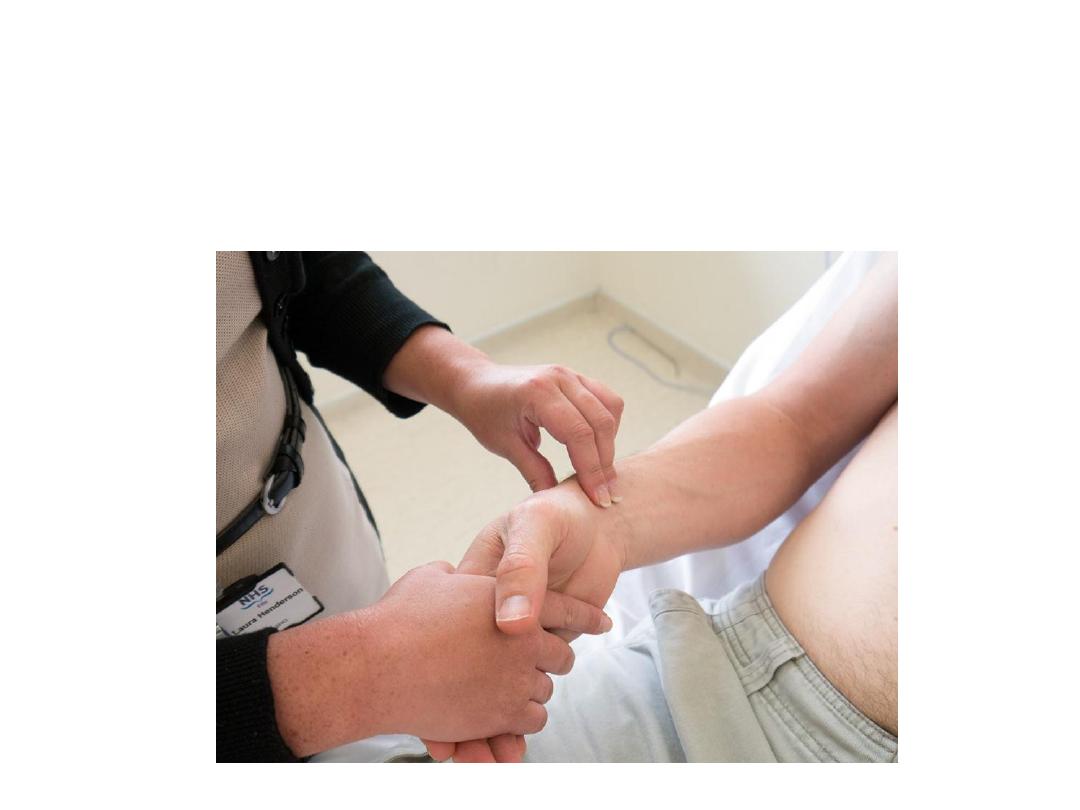
What are the things to be mentioned in pulse
examination?
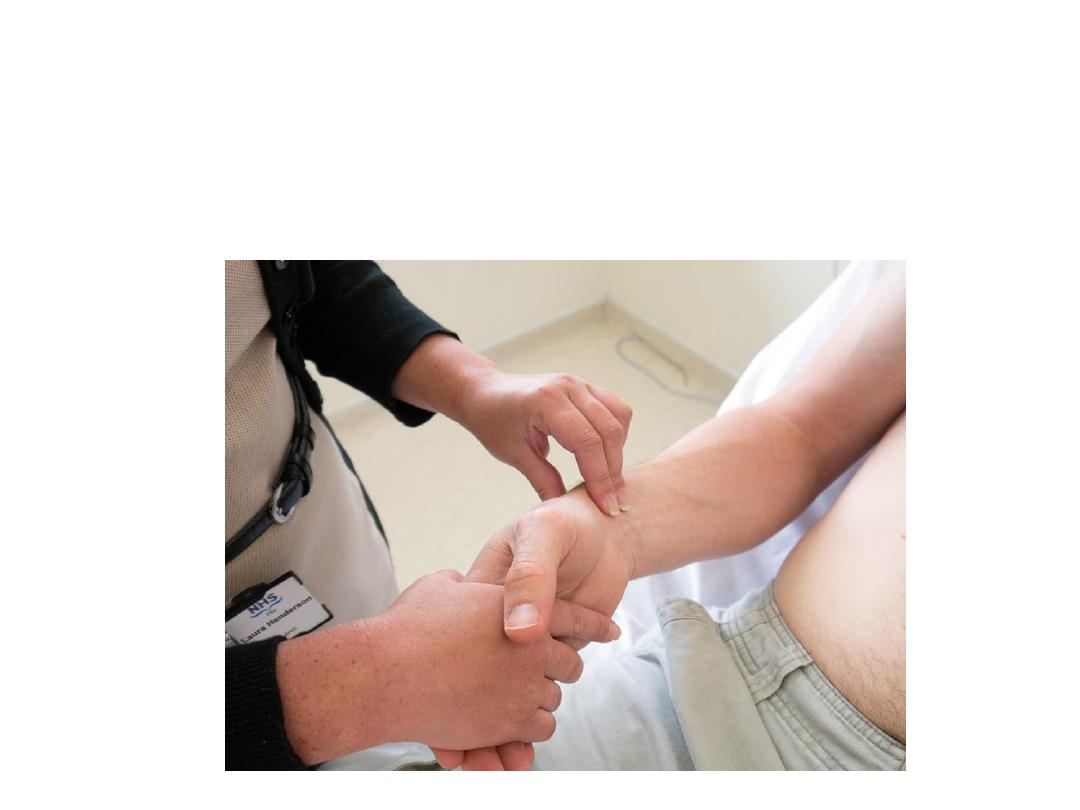
Give 2 examples of completely irregular (irregular
irregularity)Pulse.
1.
2.
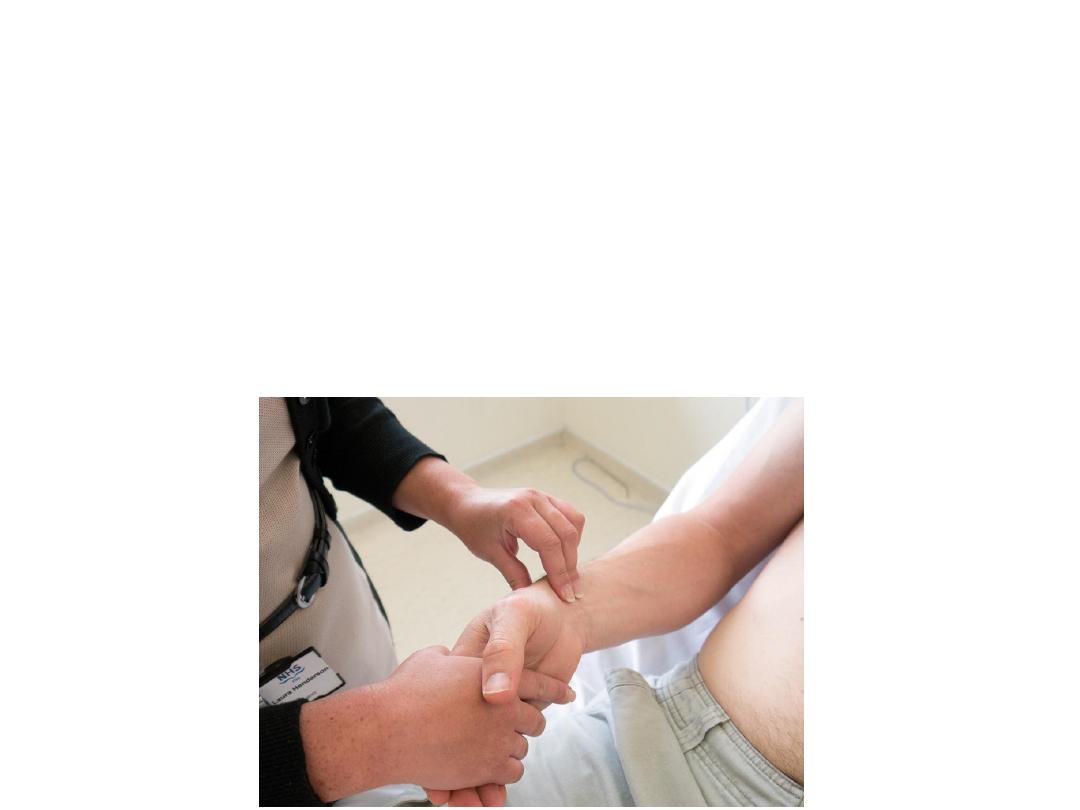
Give 2 causes of large volume
(bounding) pulse.
Give one example for pulse character.
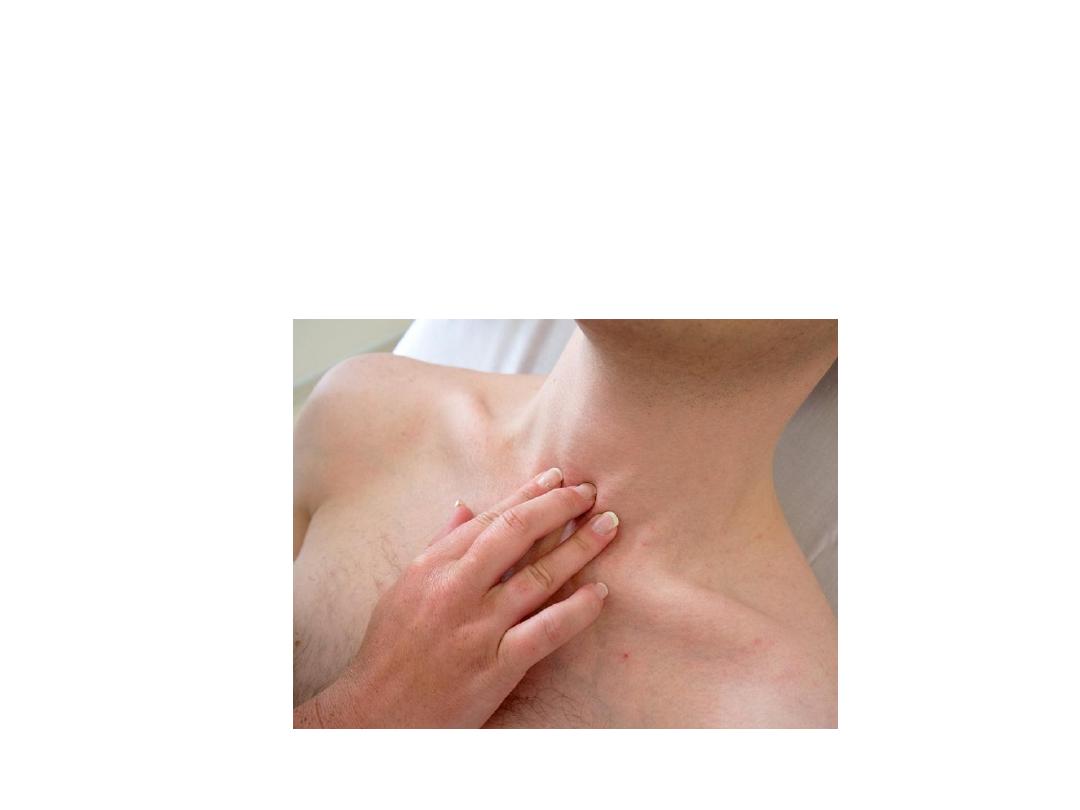
What this picture is demonstration
and its significant?
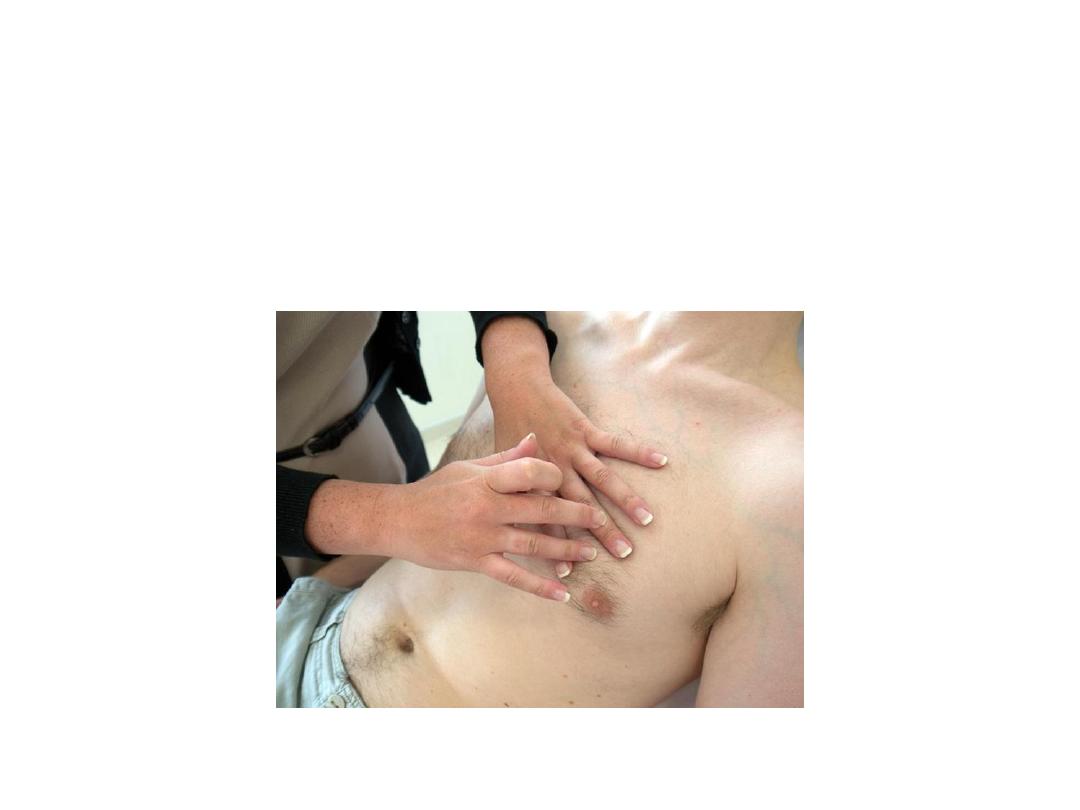
Give one pathological cause for hyper-
resonance chest percussion and another one
for dull percussion note.
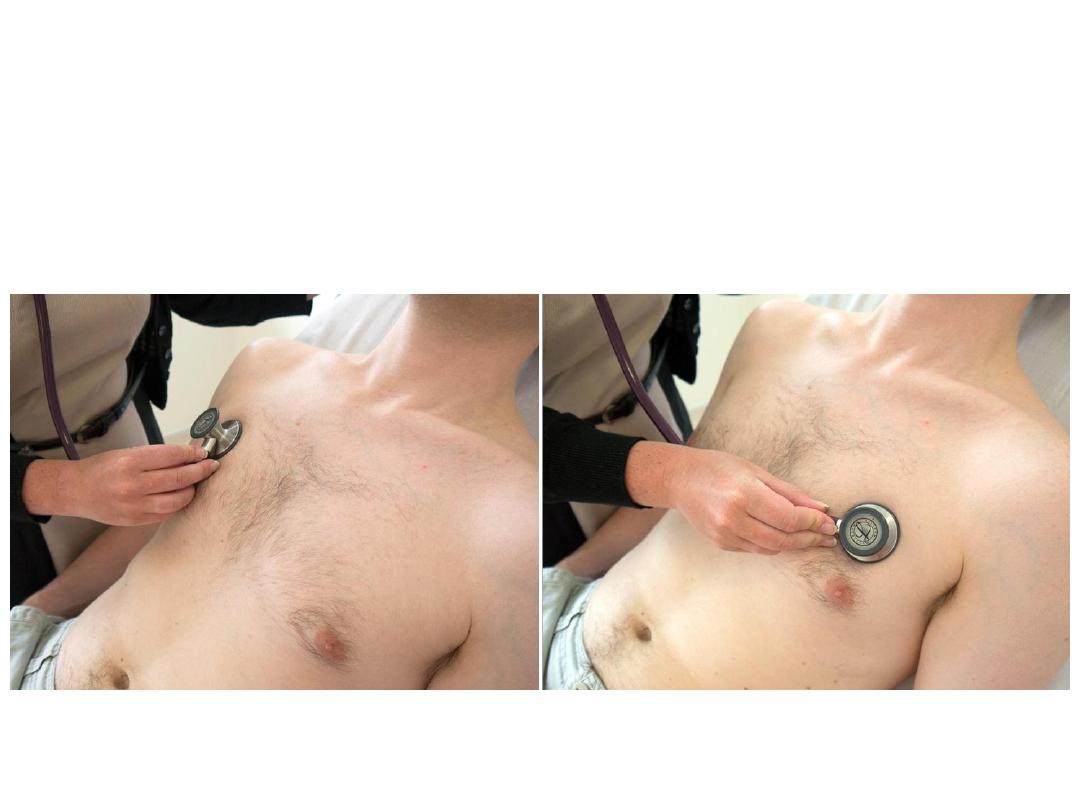
On chest (lung) auscultation, listen for:
1.
2.
